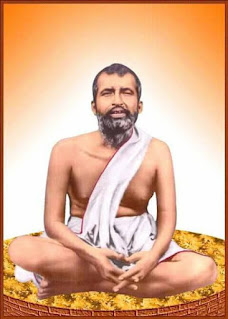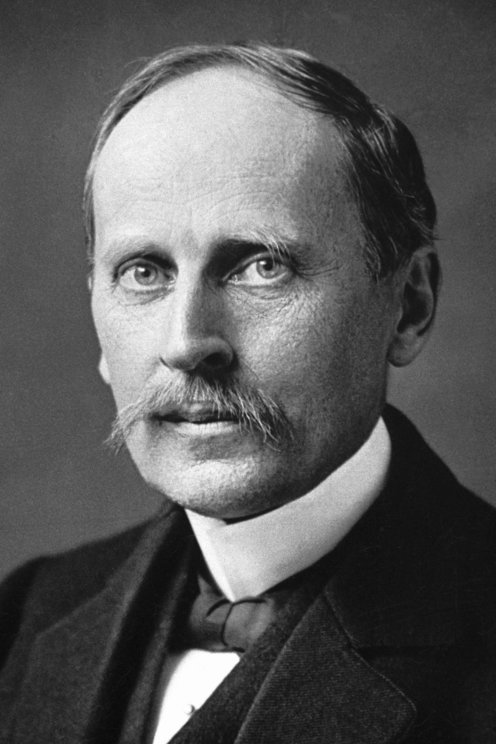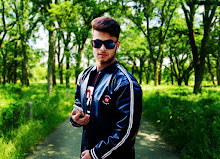Sri Ramakrishna Paramahansadeva was born on 16 February 1836 in a Brahmin family in the village of Kamarpukur in Arambagh subdivision of Hughli district in West Bengal. He was the fourth and last child of father Khudiram Chattopadhyay and mother Chintamani Devi. Sri Ramakrishna's childhood name was Gadadhar Chatterjee. Although Gadadhar's formal education was not far-reaching, his Vedanta and Puranic knowledge were acquired in various ways. As a child, he excelled in music and travel. Signs of spirituality can be seen in him from his childhood. Once, as a child, while walking through a paddy field, he was overwhelmed by the sight of a swan in the midst of black clouds in the sky.
He also became emotional once during the worship of the goddess Bishalakshi and another time while playing the role of Shiva in the procession held on Shivaratri. He came to Calcutta in 1852 to assist Dada Ramkumar in his missionary work. In 1855, Rani Rasmoni established the Kali Temple at Dakshineswar. Rani Rasmani was the wife of zamindar Mathuramohan Biswas. Although she was of low caste, she was a pious and virtuous woman. Ramkumar got the responsibility of priest in Kalibari established by him. Ramakrishna and his nephew Hridayaram were his assistants. When Ramkumar died in 1757, Gadadhar was appointed priest of the temple. Gadadhar surrendered himself at the feet of Mata Kali in the temple.
He went beyond Tantra-mantra and rules and regulations and continued to worship mother Kali as a mother. He made the Mrinmayi Devi chinmayi by sadhana. He was such a madman who ate the offerings of mother Kali himself and also fed mother. One day while sitting in the temple, he decided that he would commit suicide if he did not see his mother Kali. In that mind, even after calling her mother a lot, if she did not show up, she went to stab herself in the neck with a sword kept in the temple. Rani Rasamoni and her devotees used to witness many such miracles. Many people thought he was crazy because they did not understand his divine power. Due to indifference in the family, mother Chintamani decided to marry Gadadhar.Hearing about the marriage, Gadadhar himself found the bride. Finally, in 1859, he married Sarada Mukherjee, a fifth-year-old girl from Jayarambati village, three miles north of Kamarpukur. Gadadhar did not have a family religion like an ordinary householder
That is, his celibacy was intact even after marriage. Mother Sarada is also revered by the devotees as Jagajjani. However, Gadadhar took Tantric initiation in 181 AD from a Tantric and yogic yogi named Bhairavi. He attained Siddhi in 64 types of Tantra-sadhana on the path shown by Bhairavi. He became a Tantric Bamachari and practiced Pancha M-kar. However, he abstained from alcohol and sexual intercourse in Panch M-Kar. He also practiced according to Bhairab. In 184 he took sannyasa from a Vedic Naga monk named Totapuri. After taking sannyasa, his name was Ramakrishna. His name was Sri Ramakrishna Paramahansadeva because he became Paramahansa. Apart from Hinduism, he practiced Islamic Sufism in 17 AD and Christianity in 185 AD. He simplified the incomprehensible doctrines of Veda-Vedanta and explained them to the devotees through stories and parables. He used to say that Krishna is the same as Kali, that is, he did not differentiate between Kali and Krishna.
It is through Sri Ramakrishna that the philosophy of "as many paths as you like" mentioned in Vedanta is most propagated. In 185, he contracted Clarzyman's throat disease, which later turned into throat cancer.
It is said that he contracted the disease after accepting all the sins of the famous playwright Girish Chandra Ghosh and bestowing blessings on him. It was Girish Ghosh of Bagbazar who first described Sri Ramakrishnadev as an incarnation. Before his death, he fulfills the desires of the devotees in the form of Kalpataru. He died on 17 August 18 AD. Among the devoted disciples of Sri Ramakrishna are Swami Vivekananda, Swami Pragyananda, Swami Brahmananda (Rakhal Chandra Ghosh), Swami Saradananda (Saratchandra Chakraborty), Swami Abhedananda (Kaliprasad Chandra), Swami Ramakrishnananda (Shashibhushan Chakraborty), Swami Shivananda (Tarakanath Ghoshal) are notable. : !! ►►









0 Comments